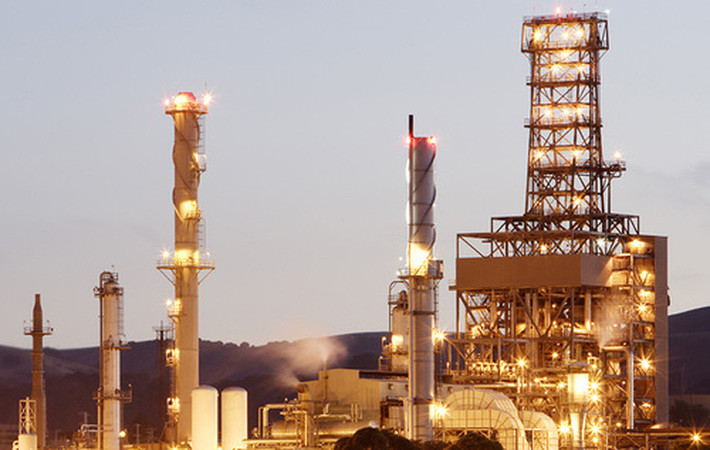
Published on 06/17/2016 | Strategy
With the growth of market disruption and increased connectivity around the globe, there seems to be news every day of another business that is reimagining itself. But this transformation isn’t happening to every company. Unfortunately, those which are not changing won’t be able to keep up in the digital economy. But what’s the expected outcome in the oil and gas industry? How can you use this time of change to better position your company for the future? What tactics will developers, operators, logistics and outcome providers need to use to stay competitive? Let’s take a look at what’s involved in reimagining your business for the future.
The energy industry has been more connected and automated than most other industries in the past. Unfortunately, that doesn’t ensure future success. By 2018, projections show a third of the top 20 industry leaders will be disrupted by new and reinvented companies. How will your business need to change to stay competitive? It depends on what part of the industry you’re in.
Companies that deliver energy production, processing and distribution need to develop new ways to integrate with the digital economy. An increasing population means a higher demand for raw material and energy products. To drive investment and development, the digital energy network will have to be expanded. Your assets will have to be clean, affordable, reliable and safe. You’ll need to deliver out of the box assets while pricing on a revenue-share or performance basis. To do this, you’ll need to improve digitization to improve exploration. You’ll need to create a more effective asset design and build process. Project management is becoming more collaborative, which needs better digitization across a variety of trades. You’ll need to gather performance information from networked assets to improve your design and development process. To do all this, you’ll need to be completely digitized for tracking and connectivity. This process allows you to share information, deliver a personalized product and create a more direct relationship with the end user.
To deliver usable energy products, operators need to track many assets in production and processing. This ties heavily into the digital economy. Our industry is becoming even more connected. Digital technology is used to identify and adopt practices that provide the best efficiency at the lowest risk. What variables help you stay successful in a changing market? By staying on top of safety, cost and flexibility, you can use augmented reality and robotics in your operations and maintenance tasks. This will help you see significant gains. Information and operation technologies are coming together to create machine learning. This helps create an operations and maintenance approach customized to your situation. Sharing information with the manufacturer and engineers allow better asset intelligence. To reach these goals, you’ll need to improve your tracking and connectivity. This requires a quality digital energy network. This network will require seamless integration across your operation for the best outcome.
To stay competitive, logistics need to improve inventory tracking and shipping of energy and production materials. Using a digital energy network, supply and transportation companies improve capabilities while remaining competitive. By staying connected with suppliers, purchasers and transport suppliers, you can make this happen. You don’t even need to hire the specific specialist or own the inventory or assets involved. You’ll need to master aggregation and matching supply and demand curves. You’ll need the capability to dispatch resources across different transportation modes. You’ll need to create touchless transactions that are completed using automation and efficient operation. You’ll need to use a digital energy network with predictive and learning technology. This will allow you to create a flexible, automatic response to market changes. You’ll accomplish this by integrating data for better decision making.
Outcome companies need to combine supply and demand to reach a specific goal. This can include miles transported or heating degree days. Deregulation and digitization is giving more power to consumers. The consumer is demanding quality and simplicity. This means outcome providers need access to energy use analytics. Why? Because it helps them optimize energy product delivery. You’ll need to develop services focused on convenient energy outcomes beyond traditional fuels. To do this, you’ll need digitization, connectivity and sharing of information from discovery and production assets to the end user.
In today’s world, business models that aren’t reinvented for the digital economy can easily fall behind and fail. Just having access to the right resources and investment capital won’t ensure success. The digital economy drives these new business models. If your company doesn’t digitize, it can’t remain competitive. Digitization allows for better cost control, diversity and a focus on outcome for success. A digital energy network helps make your company adaptable and flexible in this economy. Are you ready to make the change so your company can benefit from these changes? SAP has the tools your company needs to create seamless digitization across your entire company. From health and environment management to assets and finance, our digitization makes the digital economy a reality in your company. Find more information on the value of digital transformation for oil and gas here.
You can find the original article here.